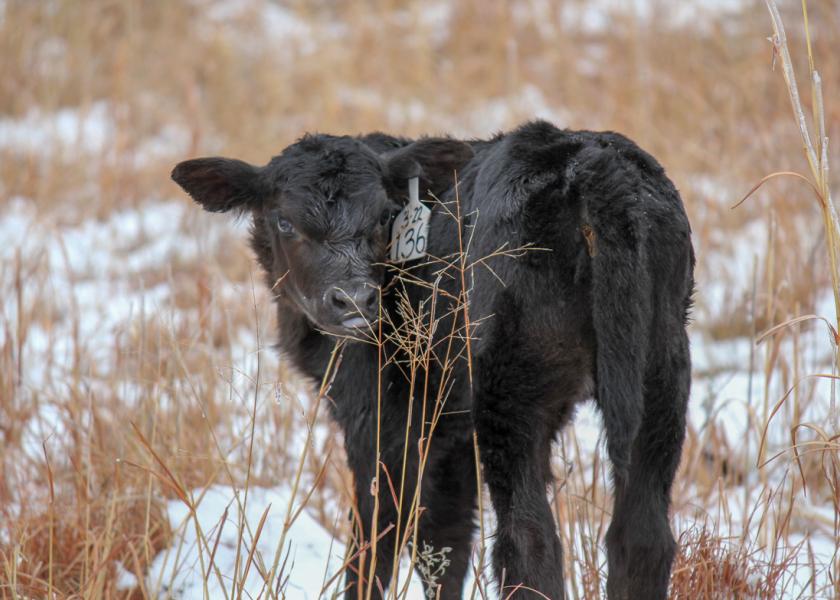Understanding and Preventing Calf Scours

What causes calf scours?
Calf scours outbreaks are the result of a contaminated calving and nursing environment. This environmental contamination develops following a period of pathogen (germ) buildup, or amplification. Cows shed relatively small amounts of these bacteria and viruses into the environment often without showing any clinical symptoms. Other scours-causing pathogens, such as coccidia, can persist in the environment year after year. As calves are born, they are exposed to these pathogens and begin the cycle of replication and shedding of disease potentials. They shed many times more germs than they were originally exposed to, which is why we call this “amplification.” The first calves born may not show clinical symptoms of scours because the pathogen load may not be high enough to overwhelm the immune system. However, as more calves are born and stocking density increases, the pathogen load can become too much. This is when a scours outbreak occurs.
How to reduce the risk of scours
Reducing the risk of scours can be accomplished by addressing different areas of management. One way to do this is by following the Sandhills Calving Method, or a modified version of it. The concept is to place calves into similar age groups, calving on clean environments with each group. Ideally, calves should be within 10-14 days of age in each calving area. Late gestation cows will then be moved away from new babies to calve in a fresh environment and begin another age group, and so on. This will allow reduction of pathogen shedding and exposure dose. The original concept can be modified to fit most operations by having an idea of calving dates and a little creativity.
Limiting stress during calving is another preventative measure. One example of stress includes weather concerns. Having a place for calves to get out of storms and mud may help. This can be accomplished by utilizing shelters or creating a calf escape area by adding a hot wire in the corner of the lot where calves can freely enter but cows remain outside the space. Shelters can become sources of contamination if left unclean and wet. Because ventilation and sunshine are vital factors in keeping calves healthy, moving shelters or utilizing open air concepts have been shown to be beneficial.
Testing is necessary to get a final diagnosis on what pathogens are causing problems and often the condition contains two or more species of bacteria, viruses, or protozoa. Age of calf is helpful in knowing what may be causing the problem as each pathogen affects calves at different time frames. Understanding crucial management areas and establishing prevention protocols with your veterinarian are essential for your operation’s calf health plan.
Interviews with the authors of BeefWatch newsletter articles become available as podcasts throughout the month of publication and are accessible at https://go.unl.edu/podcast.







